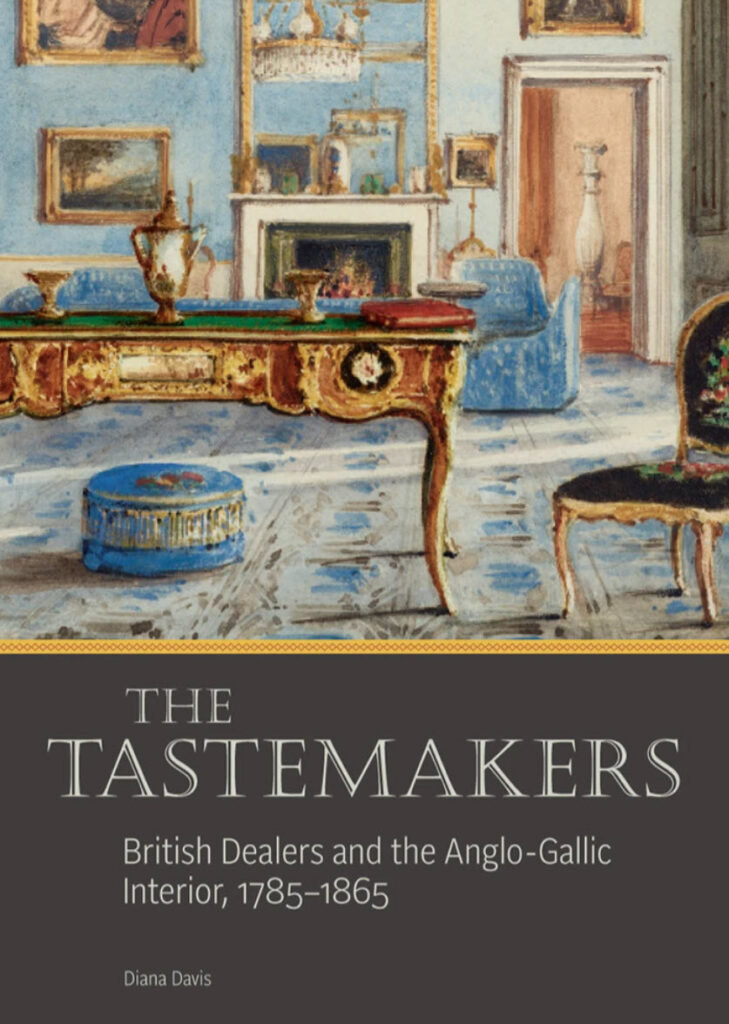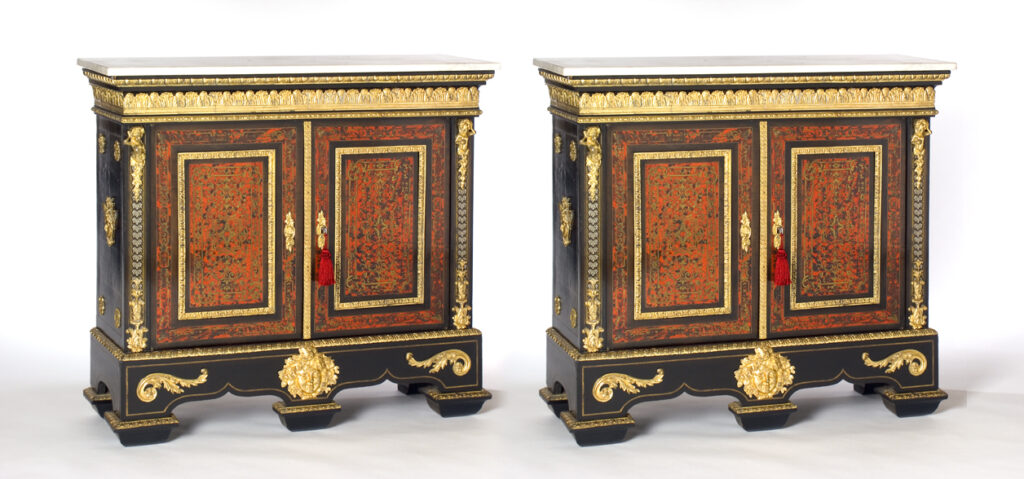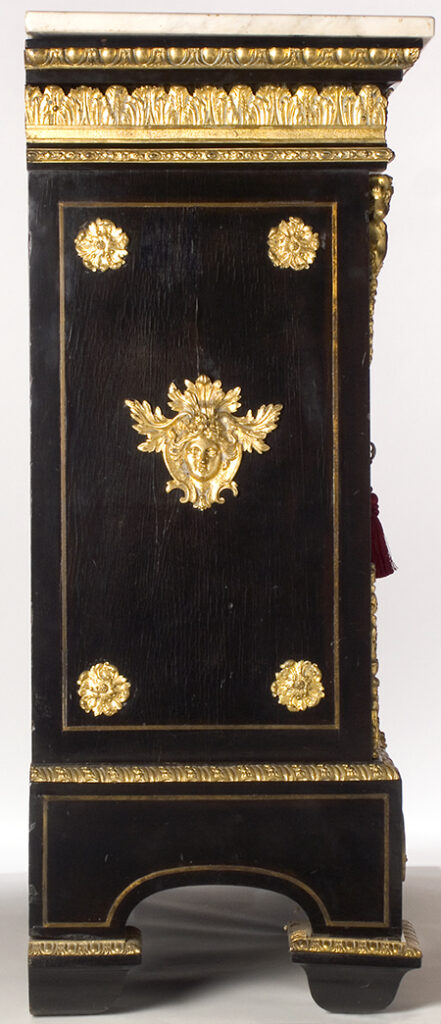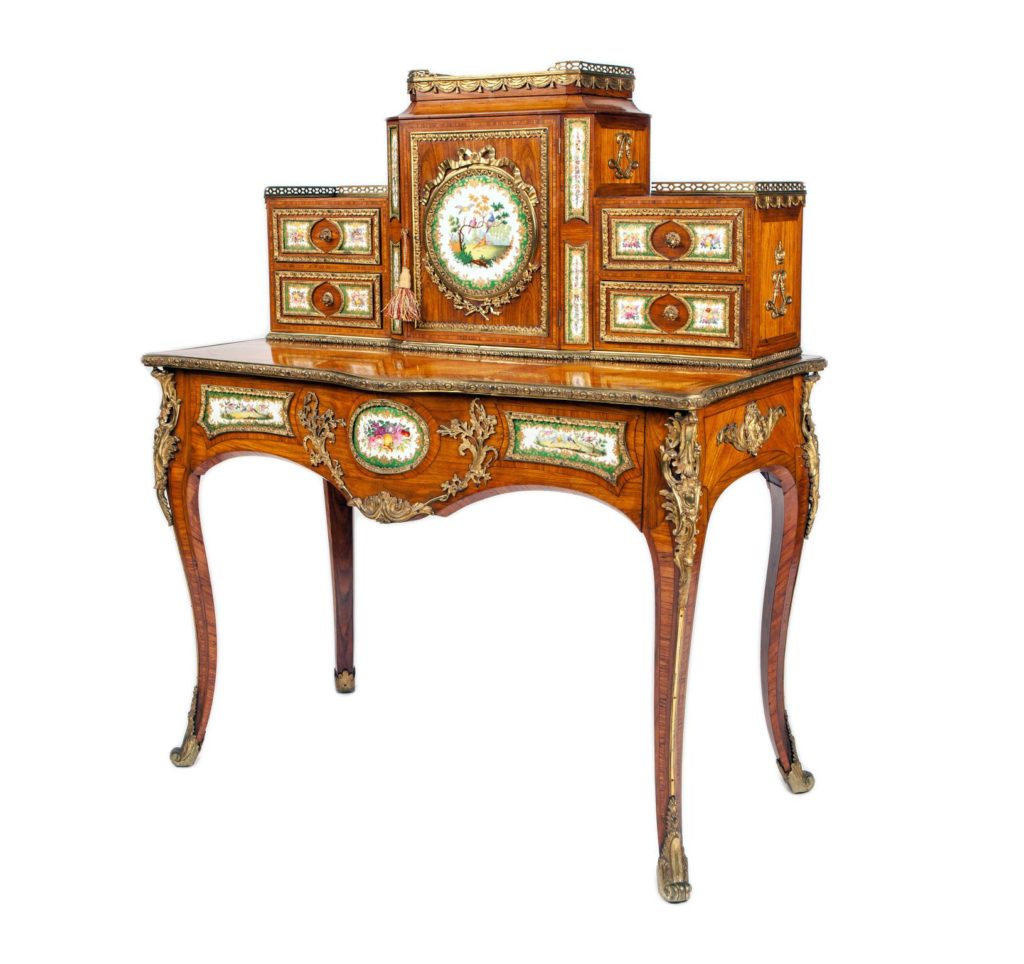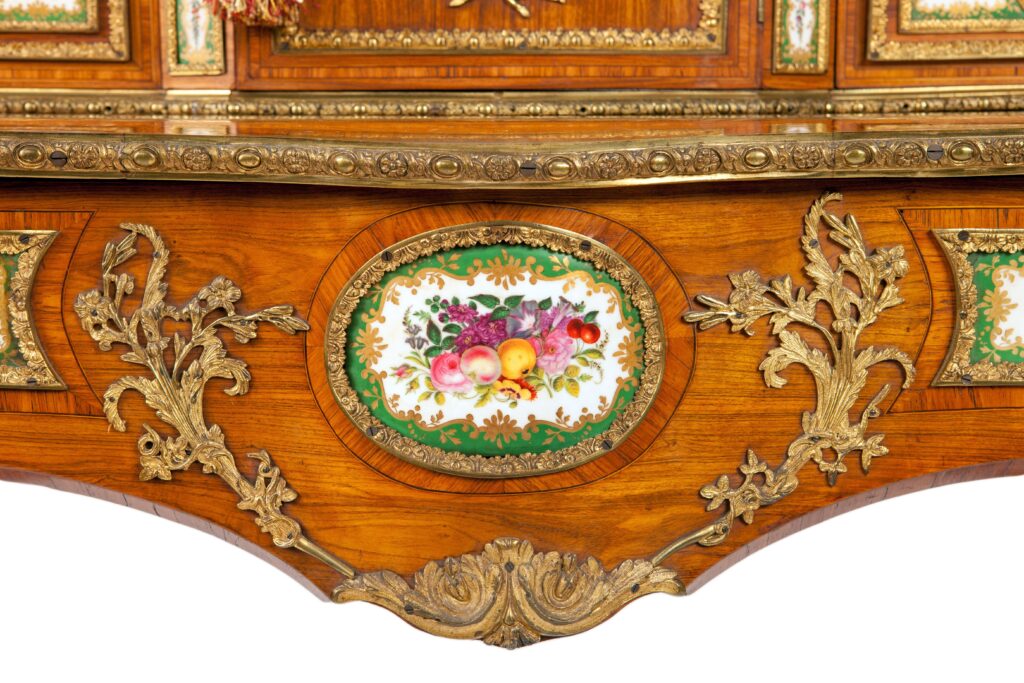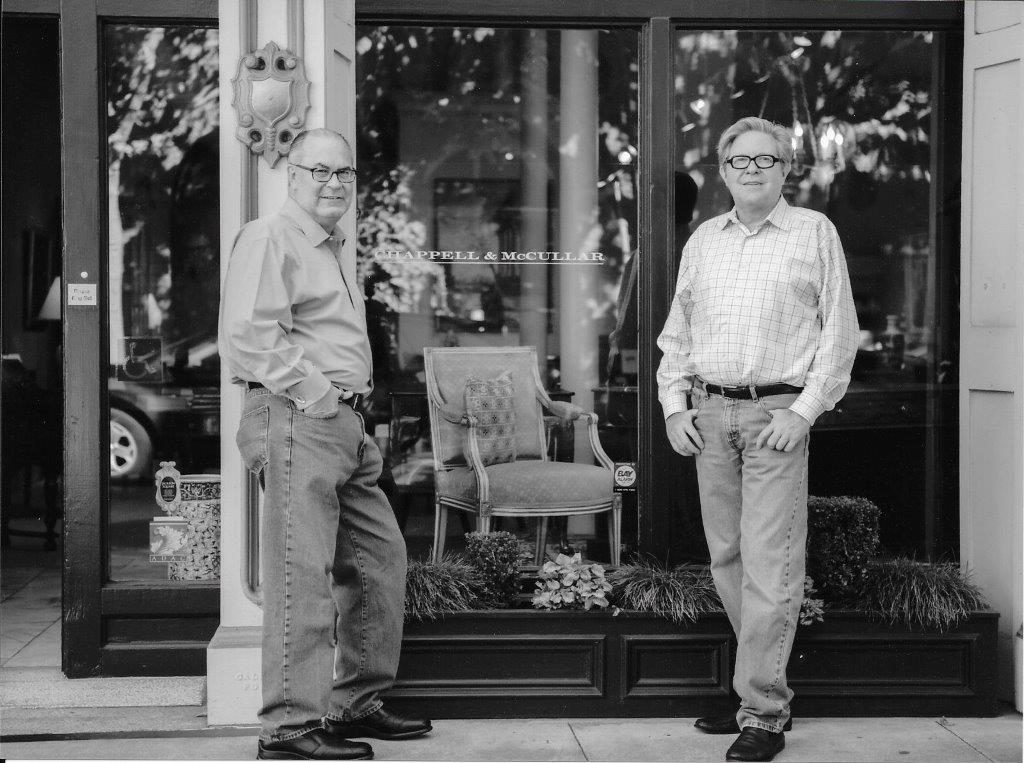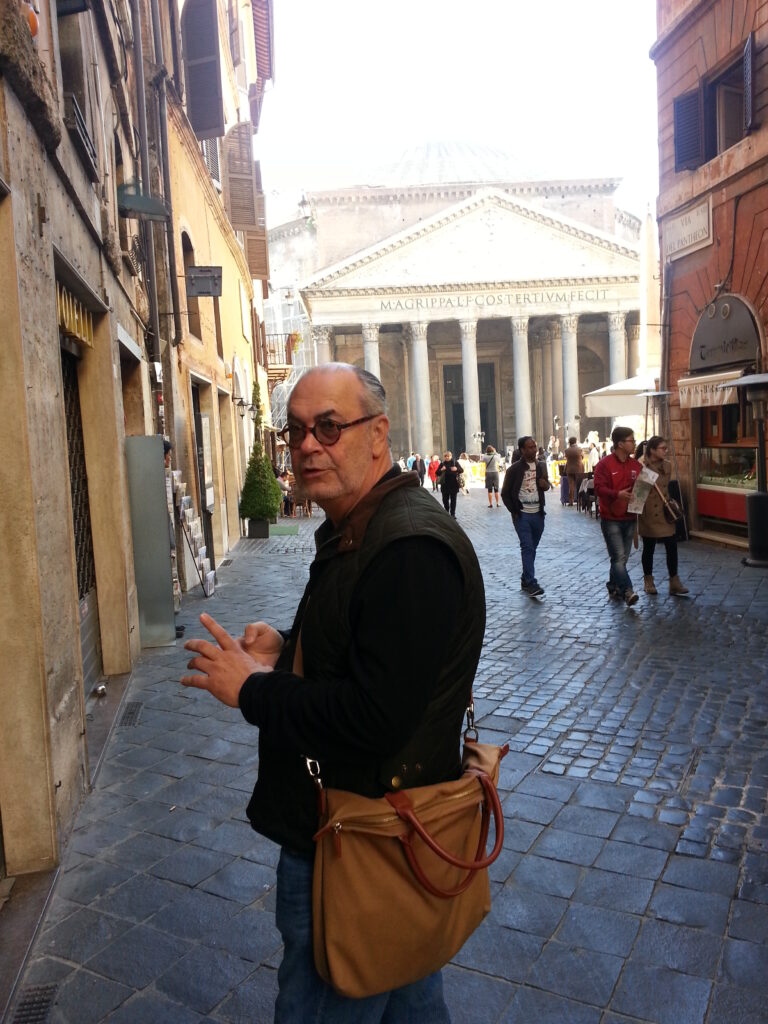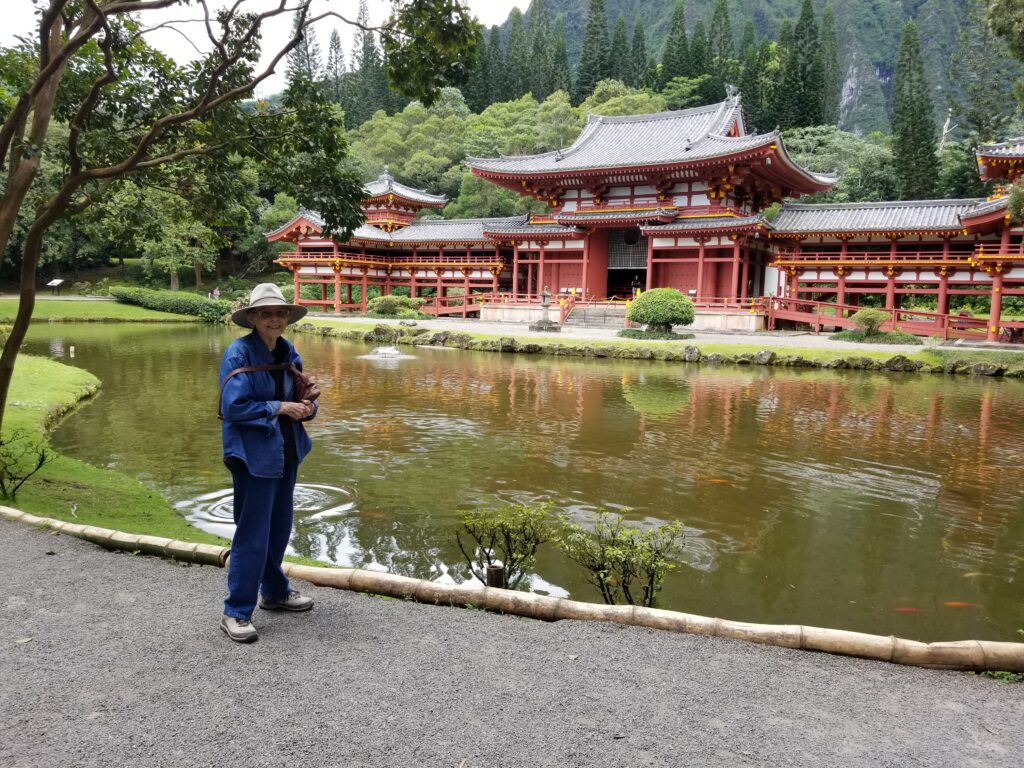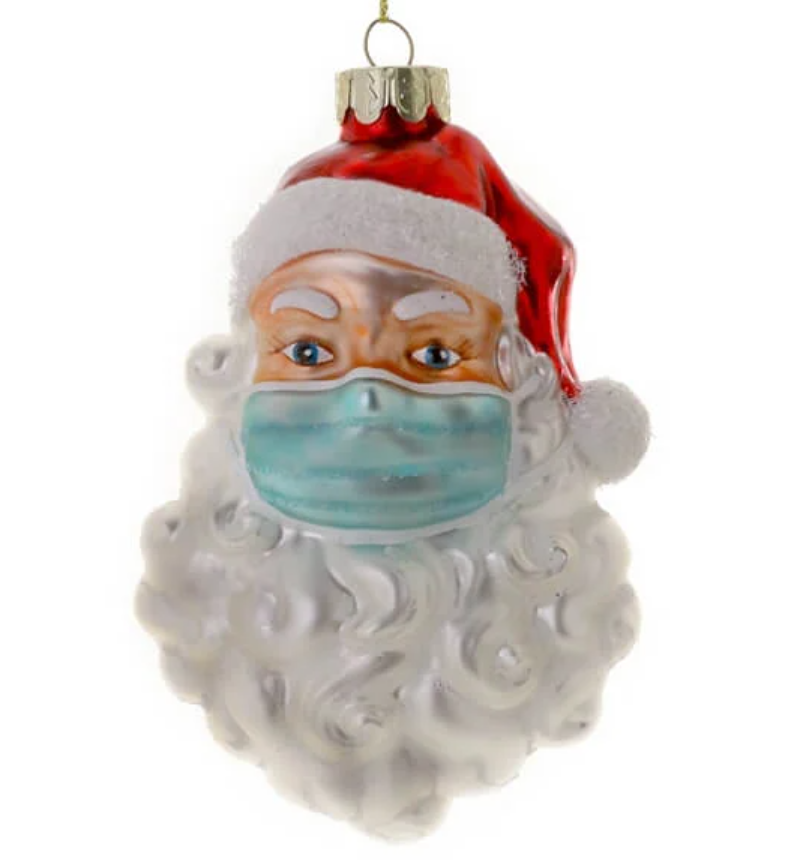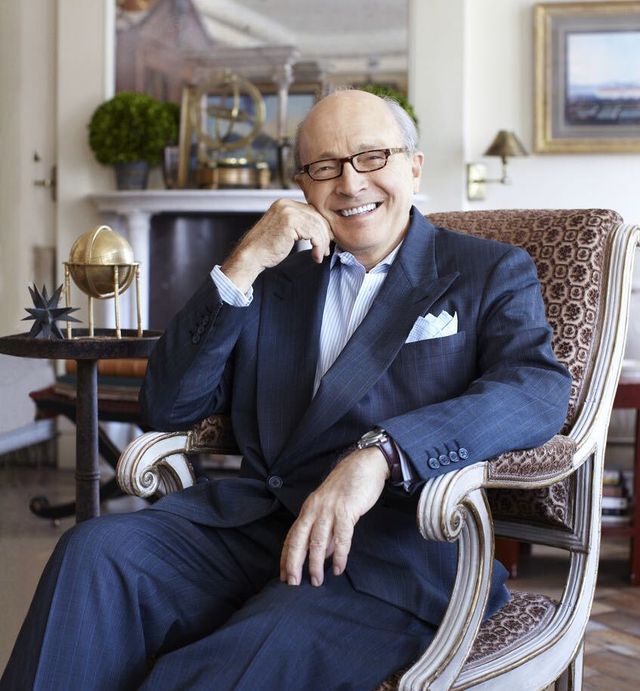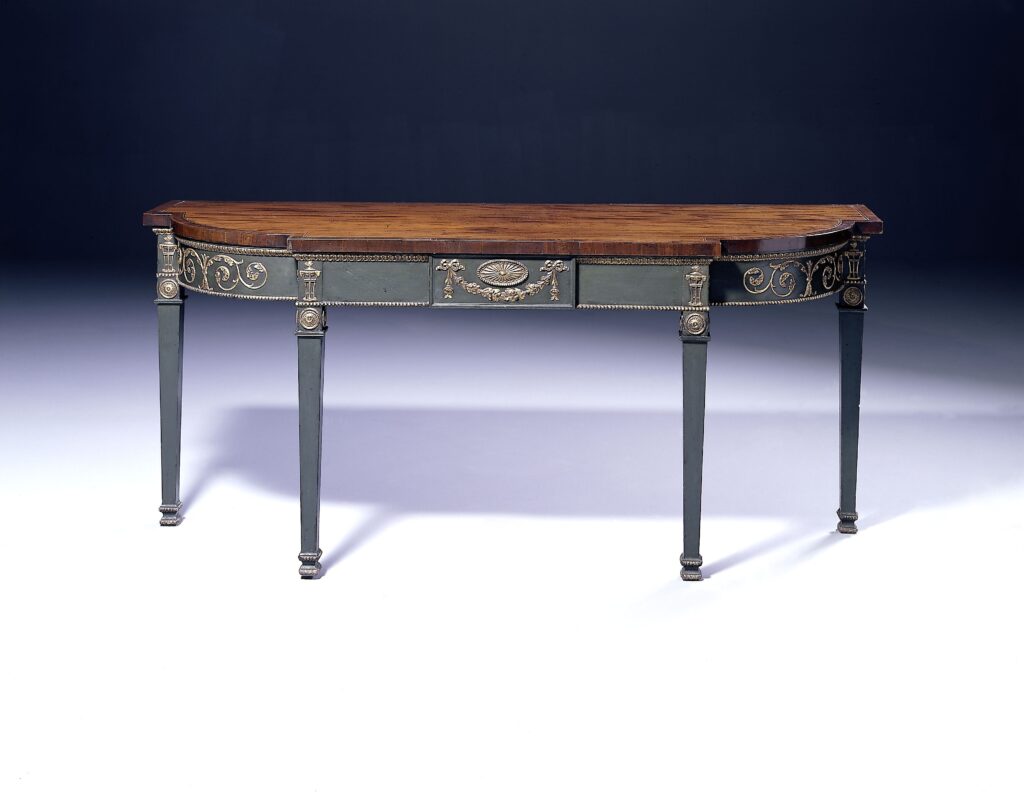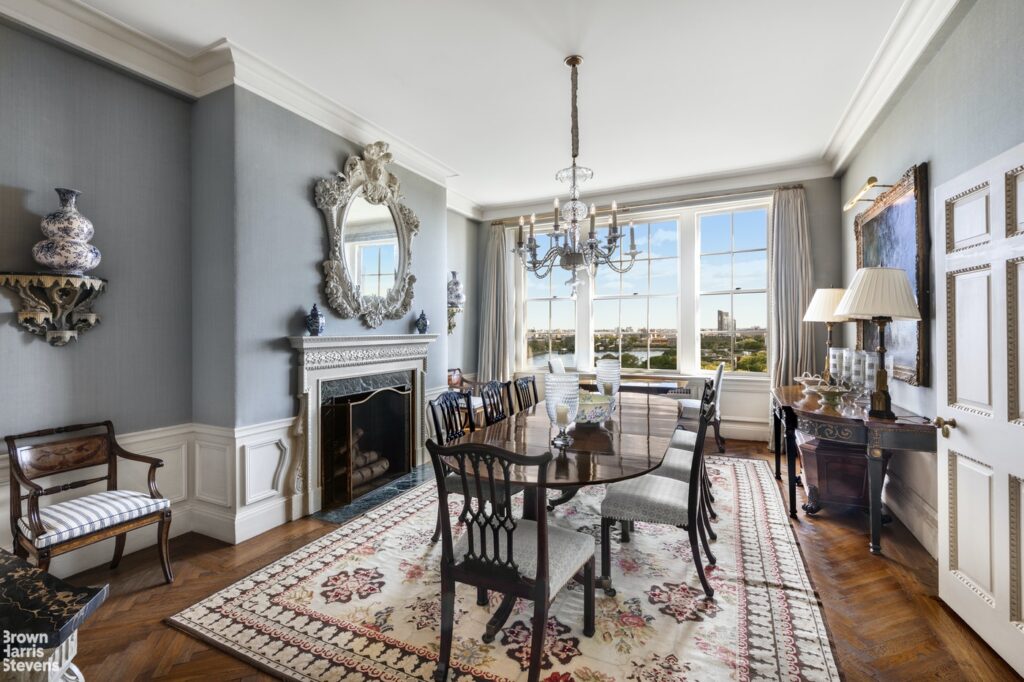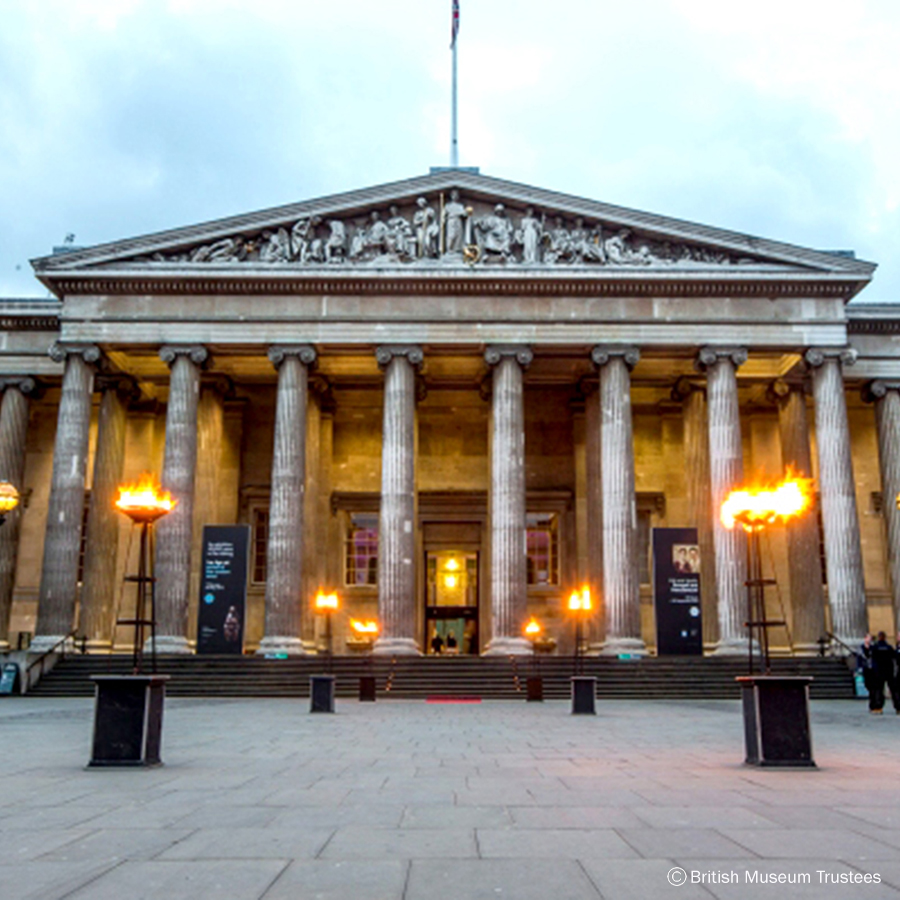
What do the names Warhol, Pollock, Still, Wyeth, and Rockwell have in common? Besides instantly recognizable as firmly established within the canon of American art, their works have also recently graced the New York salerooms, offloaded not by Wall Street types who have to fund a costly divorce, or rogue investors who got caught on the wrong side of GameStop, but by accredited art museums who felt some significant financial pinch.
As my gentle readers will doubtless remember, I have argued that keeping the doors open is of paramount concern to cultural institutions. With doors closed and in the case of fine art, storage rooms hermetically sealed with controlled atmosphere, public museums and other cultural institutions serve no purpose. If in the case of the Everson Museum, this requires the sale of an early drip painting by Jackson Pollock, or as with Covent Garden the sale of the Hockney portrait of a former director, so be it.
The problem as pointed out in an article by Andrew Russeth in yesterday’s Art News is that what were the occasional deaccessions have gathered speed, and there seems to be a flood, with museum after museum parting company with some of their key holdings. That this has been decried generally by the Association of Art Museum Directors hasn’t made much difference, but then, the AAMD doesn’t have to pay to keep the lights on.
What has made de-accessioning acceptable, and something museums have readily bought into, is the notion that sales of canonical art for high prices will allow the acquisition of other works not as well established within the canon by those of diverse background. Indeed, this has fed into a move generally toward racial equity in the arts that is ostensibly a good thing, acknowledging finally that institutions of high culture in the western world are inherently white, Eurocentrically oriented, with a strong bias toward work favoured by if not royalty then certainly by those in the highest economic strata. Indeed, patterns of patronage of the arts are still highly functional in the 21st century in a manner even the Esterhazy’s would recognize.
A move toward racial equity does just at this time beg the question, that it is basically window dressing in a time of stress for the arts. In Russeth’s article, pictured are the facades of the Baltimore, Brooklyn and New Orleans Museums of Art, with their grand Greek revival architecture clearly derived from the mother ship of the museum world, the British Museum. This visibly betokens what’s at work- a short-term acknowledgement of diversity in the modern world, but without change to established cultural structure. Moreover, ‘diversity’ often means the inclusion of works by people of colour who have already moved into the established canon. Russeth quotes museum studies scholar fari nzinga, who questions the sincerity of cultural outreach when she asks ‘If it is going to be the same high-profile handful of black and people of color artists that get all the museums show, are they really even helping anybody out?’
Indeed. In her 1995 book On Collecting: an Investigation into Collecting in the European Tradition, Susan Pearce points to the establishment of patterns of collecting that go back into European prehistory, with modern museums as the outgrowth of patterns ingrained over millennia. As part of that, it is museums that enshrine objects- be they wall art or medieval reliquaries- that for those who
display them and those who see the display, have become fetishized. ‘Enshrine’ then becomes the operative word- the modern artwork certainly within the museum environment serves the same function as the reliquary of a thousand years ago.
As a retail vendor in art and antiques, with everything in my ambit just merchandise, I am perforce resistant to the mystical element that rarefies and canonizes museum holdings. It is then a bit easier for me to understand the commercial imperative that then yields to deaccessioning. And, too, I realize that everything in my stock has been owned by someone prior to me, likely many generations of someone prior and that, inevitably, museums will fail and pass away- as will their contents- as surely as did Hypatia and the library of Alexandria.
For all high culture, though, this seems to be an inflection point, with the Eurocentric structures tottering, but will they be saved by expressions of diversity? Does this signal both a path forward and a sea change- or is it tokenism serving as an expeditious stop gap? As it always does, time alone will tell. Bear in mind, though, that those Greek revival buildings still contain within their walls objects and traditions that in form, content, and most importantly, ethos and worldview strongly match and are consonant with their Eurocentric exterior.

